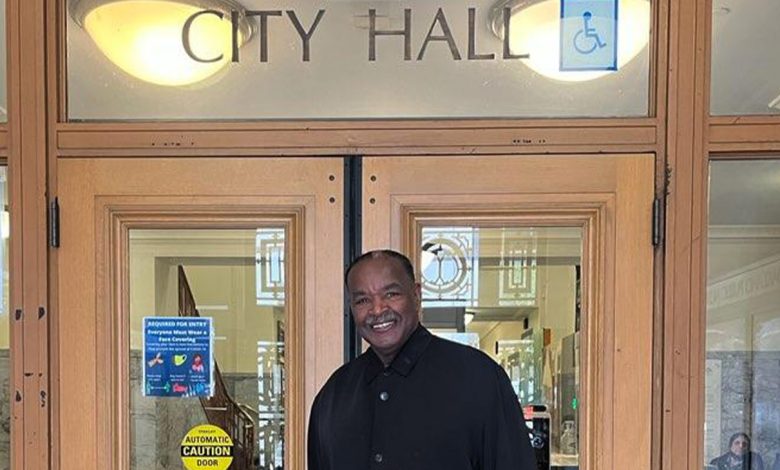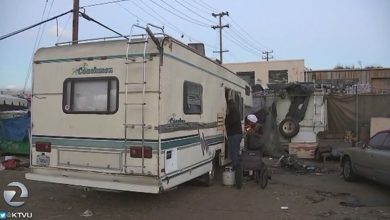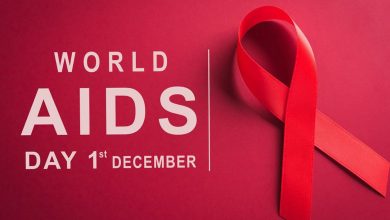City Council Commits to Adopting Policies to Protect and Enhance Geoffrey’s Inner Circle and the Black Arts District

By Magaly Muñoz
Oakland City Council held a meeting Tuesday evening to discuss an audit report of an abandoned city program that helped lower gun violence and is now being reinstated.
The program, called Ceasefire, was implemented in 2012. During the years that followed, it was credited for a 42% drop in murders in the city, from 2012 to 2017. In 2020, however, it was disbanded after the COVID-19 pandemic began, and homicides started to rise.
Mayor Sheng Thao requested the audit in 2023 to assess Ceasefire’s impact on the city.
“Operation Ceasefire is a critical component of my comprehensive community safety strategy. Ceasefire is an evidence-based strategy that achieved success in reducing shootings, homicides, recidivism and victimization for those at highest risk,” Thao said in a statement.
The report gave numerous recommendations for the program if the city chose to go forward with the revival, including making a clear structure for direct communication between Oakland Police Department and the Department of Violence Prevention (DVP).
One issue that they attributed to the rise in crimes, is the lack of staffing for the program. Staff who were originally a part of Ceasefire had been distributed amongst other roles, including the Violent Crimes Operation Center (VCOC) that was created in 2021 by former police chief LeRonne Armstrong.
The VCOC focused on solving past crimes to boost clearance rates, the report found. As a result, that impacted its ability to prevent and solve more recent crimes. It also didn’t create a channel for communication between perpetrators and victims impacted by their violence, increasing the rates of reoffences and recidivism. Homicide clearance rates dropped from 50% in 2020 to 35% in 2022, according to the audit report.
The team that conducted the audit, the California Partnership for Safe Communities (CPSC), recommended disbanding the VCOC and instead fully staffing the Ceasefire team with a director, a community engagement specialist, life coaches and more.
Other recommendations by the CPSC included refocusing shooting review meetings with OPD; ensuring meetings are led by the mayor’s administration team; and improving management, governance and oversight of the program.
Before showing their support for bringing back the program, the city council members shared their comments and concerns about the Ceasefire program.
Councilmember Janani Ramachandran asked how the specific focus on a small group of people affected by gun violence helps those affected by other rising crimes in Oakland, such as property crimes and retail theft — both of which were up 22% and 9% in 2023, according to OPD reports.
Vaughn Crandell, a member of the CPSC audit team, stated that those who were committing violent crimes have a long history in the justice system and have repeatedly been linked to property crimes and other escalating crimes. He added that burglaries and robberies were areas where numbers consistently lowered along with homicides during the active years of Ceasefire.
“If you can get the strategy working effectively, we should see benefits across multiple categories beyond just shootings and homicides,” Crandell said.
While other members asked questions about how the program will operate, Councilmember Noel Gallo pointed out what he sees as the obvious miscommunication amongst public safety departments, which he believes is a factor contributing to the Oakland’s high crime rate.
“We’re going in circles as a community, that’s why we’re not getting a response,” Gallo said.
He stated that he supported the revitalization of Ceasefire because it meant the possibility of all government entities coming together to focus on the common goal of preventing crime and having clear channels of communication to facilitate it.
Members of the community also showed their support for the reinstatement of the program, stating that they wanted more done around prevention.,
“127 people have been killed, 127 too many,” one speaker said during public comment.
The council agreed to come back at a later date to discuss a new budget for Ceasefire and how they will begin to integrate it back into the city’s public safety plans.




